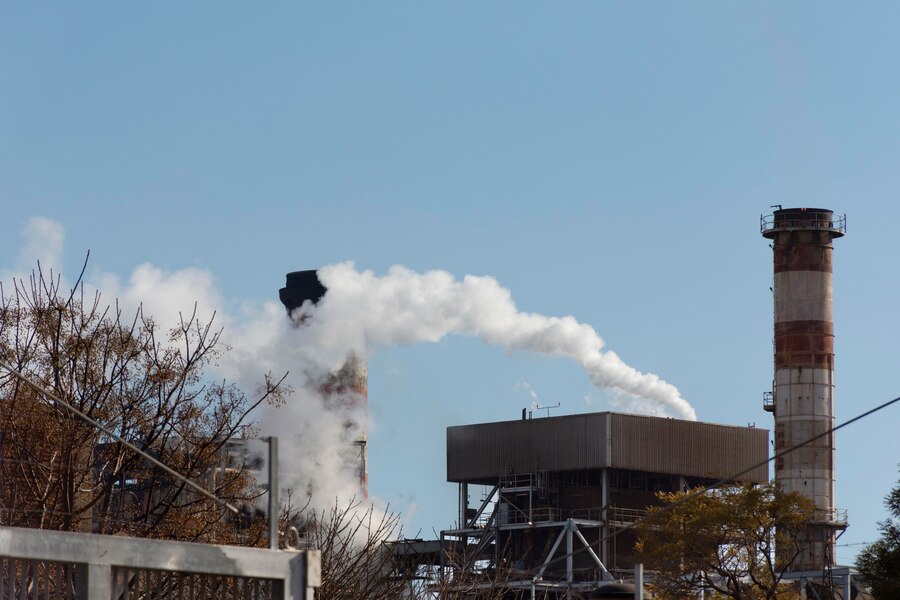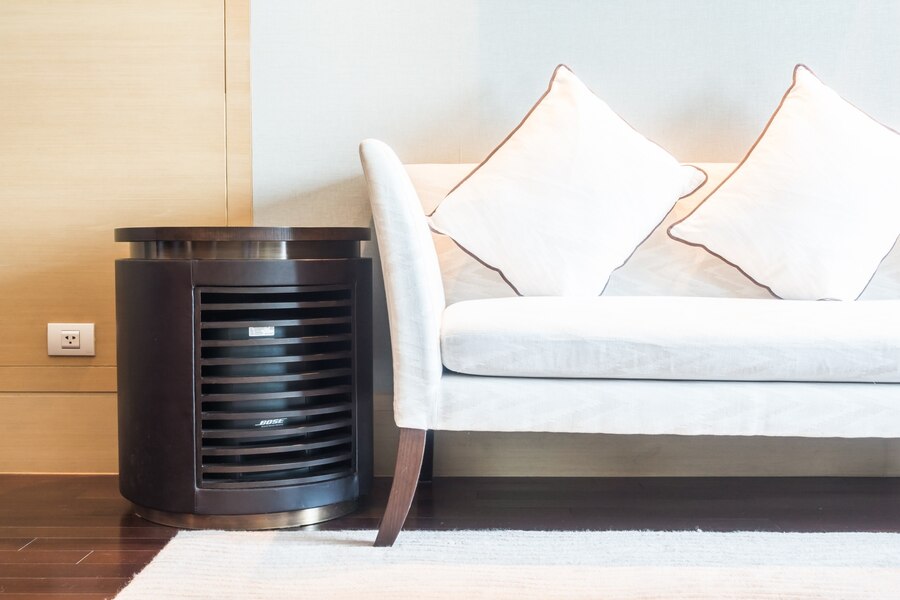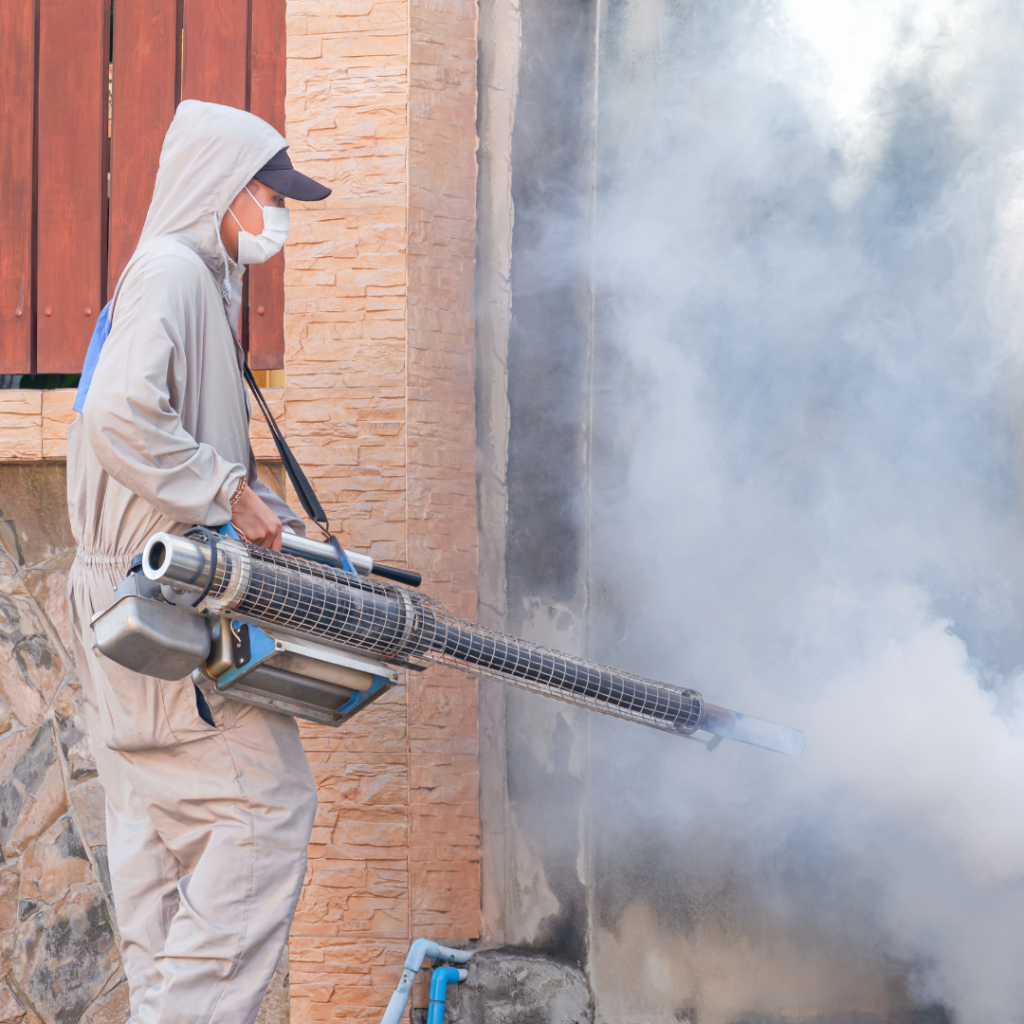Smoke odors can linger long after a fire has been extinguished, permeating walls, furniture, and fabrics. Whether the smoke stems from a fire in your home, cigarette smoke, or other sources, getting rid of the smell can be challenging. However, with the right approach, it’s possible to restore your space to its pre-smoke freshness. In this guide, we’ll explore effective methods for clearing smoke odors and restoring the air quality in your home.
Identify the Source:

Before tackling smoke odor restoration, it’s crucial to identify the source of the smoke. Whether it’s from a recent fire, cigarette smoke, or another source, understanding the origin will help determine the most appropriate restoration methods.
Identifying the source of smoke is a crucial first step in effectively addressing smoke odors in your home.
Understanding where the smoke originated from helps you tailor your restoration efforts and target the specific areas affected. For instance, if the smoke odor stems from a recent fire incident, you may need to focus on areas directly impacted by the fire, such as walls, ceilings, and furniture in the vicinity of the fire. On the other hand, if the smoke odor is caused by cigarette smoke, you may need to address a broader range of surfaces throughout your home, including walls, carpets, upholstery, and curtains.
Ventilation
One of the first steps in smoke odor restoration is to increase ventilation in your home. Open windows and doors to allow fresh air to circulate and carry away lingering smoke particles. Consider using fans to facilitate airflow and expedite the removal of odors.
Ventilation plays a crucial role in clearing smoke odors from your home. When dealing with lingering smoke particles, adequate ventilation can help to dissipate the odor and improve air quality. Opening windows and doors allows fresh air to circulate throughout your home, carrying away smoke particles and replacing them with clean outdoor air. Additionally, using fans strategically can enhance airflow, speeding up the process of removing odors. For optimal results, consider placing fans near windows or doors to draw in fresh air and create cross-ventilation throughout your living space. Running exhaust fans in kitchens and bathrooms can also help to vent smoke odors outside. Remember to continue ventilating your home consistently until the smoke odors have been completely eliminated.
Deep Cleaning:
Smoke particles can settle into porous surfaces such as walls, ceilings, carpets, and furniture. Deep cleaning these surfaces is essential for removing smoke residues and eliminating odors. Depending on the severity of the smoke damage, you may need to use specialized cleaning products or enlist the help of professional cleaners.Deep cleaning is a critical step in the process of eliminating smoke odors from your home. Smoke particles can settle into various surfaces, including walls, ceilings, carpets, furniture, and even clothing, making thorough cleaning essential to remove these residues effectively.
Odor Neutralizers:
Once surfaces have been cleaned, use odor neutralizers to eliminate lingering smoke odors. There are various commercial products available specifically designed to neutralize smoke odors. Alternatively, you can create your own odor-neutralizing solution using ingredients such as vinegar, baking soda, or activated charcoal.
Odor neutralizers are invaluable tools in the battle against stubborn smoke odors lingering in your home. These products work by chemically altering the structure of odor molecules, effectively neutralizing them and eliminating unpleasant smells. There are various commercial odor neutralizers available on the market, each formulated to target specific types of odors, including smoke.
Air Purification:
Invest in air purifiers equipped with HEPA filters to help remove smoke particles and other airborne contaminants from your home. Place air purifiers in rooms with the strongest smoke odors, and run them continuously to maintain clean air quality.By incorporating air purification into your smoke odor removal efforts, you can effectively remove airborne smoke particles and odors, creating a healthier and more comfortable living environment for you and your family. Enjoy the benefits of clean and fresh indoor air quality, free from the lingering effects of smoke odors.

Repaint Walls and Ceilings:
In cases of severe smoke damage, repainting walls and ceilings may be necessary to completely eliminate odors. Use a primer designed to block smoke odors before applying fresh paint to ensure long-lasting results.
Repainting walls and ceilings is a critical step in the process of eliminating stubborn smoke odors and restoring the appearance of your home. Smoke particles can penetrate porous surfaces, such as paint, leaving behind unpleasant odors even after thorough cleaning. Repainting surfaces affected by smoke not only helps to cover up lingering odors but also seals in any remaining smoke residues, preventing them from emitting odors over time.
Professional Restoration Services:
For extensive smoke damage or persistent odors, consider hiring professional smoke restoration services. Experienced restoration professionals have the expertise, equipment, and techniques necessary to effectively remove smoke odors and restore your home to its pre-smoke condition.
Turning to professional restoration services is often the most effective and efficient way to address severe smoke damage and stubborn odors in your home. These professionals have the expertise, experience, and specialized equipment necessary to tackle even the most challenging smoke odor restoration projects.
Professional restoration services begin with a thorough assessment of the extent of the smoke damage and the areas affected. Trained technicians will inspect your home to identify smoke residues, assess the severity of the odor, and determine the best course of action for restoration.
Prevention Tips:
To prevent future smoke odors, implement preventive measures such as installing smoke detectors, establishing a no-smoking policy indoors, and practicing fire safety precautions.
Smoke Detectors: Install smoke detectors on every level of your home and inside each bedroom. Test your smoke detectors regularly to ensure they are functioning correctly, and replace batteries as needed. Smoke detectors provide early warning of smoke and fire hazards, allowing you to take prompt action to prevent extensive damage.
No-Smoking Policy: Establish a strict no-smoking policy indoors to prevent cigarette smoke from infiltrating your home. Designated outdoor smoking areas away from doors and windows to minimize smoke exposure to your home’s interior. Encourage family members and guests to adhere to the no-smoking policy to protect indoor air quality.
Fire Safety Precautions: Practice fire safety precautions to reduce the risk of accidental fires in your home. Avoid leaving candles, cooking appliances, and other open flames unattended. Keep flammable materials, such as curtains, towels, and paper products, away from heat sources. Install fire extinguishers in key areas of your home and learn how to use them properly.
Proper Ventilation: Ensure adequate ventilation in your home to prevent smoke and other indoor air pollutants from accumulating. Use exhaust fans in kitchens and bathrooms to remove cooking fumes, steam, and moisture. Open windows and doors regularly to allow fresh air to circulate throughout your home and reduce indoor air pollutants.
Regular Cleaning: Maintain a regular cleaning schedule to remove dust, debris, and other potential sources of indoor air pollutants. Vacuum carpets and upholstery regularly using a vacuum cleaner equipped with a HEPA filter to capture fine particles. Dust surfaces, including furniture, shelves, and electronics, with a damp cloth to prevent airborne particles from settling.
Address Moisture Issues: Address moisture issues promptly to prevent mold growth and reduce the risk of smoke odors lingering in damp environments. Repair leaks in plumbing fixtures, roofs, and windows to prevent water intrusion. Use dehumidifiers in damp areas, such as basements and bathrooms, to control humidity levels and prevent mold growth.
Professional Maintenance: Schedule regular maintenance for your HVAC system to ensure optimal performance and indoor air quality. Change air filters regularly to remove airborne particles and prevent them from recirculating throughout your home. Consider hiring professional HVAC technicians to inspect and clean ductwork to remove accumulated dust, debris, and mold.
Conclusion:
Clearing smoke odors from your home in Oklahoma City, Oklahoma, requires patience, diligence, and the right strategies. By following the steps outlined in this guide, you can effectively restore your home’s air quality and eliminate lingering smoke odors. Remember to address the source of the smoke, ventilate your home, deep clean surfaces, use odor neutralizers, invest in air purifiers, consider repainting, and seek professional restoration services if needed. With persistence and proper techniques, you can enjoy a smoke-free and fresh-smelling home once again. Contact us today at Precision Restoration Inc. to learn more about our smoke odor restoration services and how we can help you reclaim a healthy living environment.


